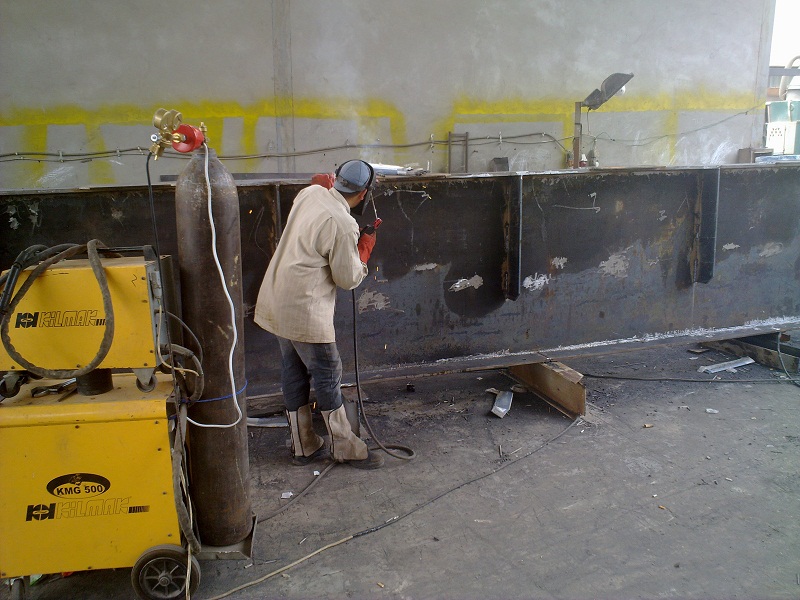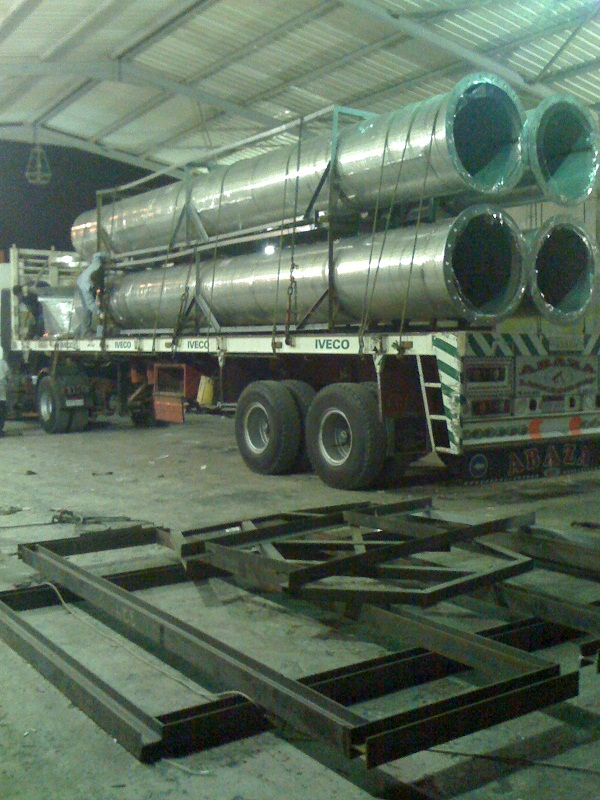

Steel Fabrication
QFEM
Steel Fabrication
Steel Metal fabrication is a value added process that involves the construction of machines and structures from various raw materials. A fab shop will bid on a job, usually based on the engineering drawings, and if awarded the contract will build the product.
Fabrication shops are employed by contractors, OEM's and VAR's. Typical projects include; loose parts, structural frames for buildings and heavy equipment, and hand railings and stairs for buildings.
Fabrication as an industrial term refers to building metal structures by cutting, bending, and assembling. The cutting part of fabrication is via sawing, shearing, or chiseling (all with manual and powered variants) and via CNC cutters (using a laser, plasma torch, or water jet). The bending is via hammering (manual or powered) or via press brakes and similar tools. The assembling (joining of the pieces) is via welding, binding with adhesives, riveting, threaded fasteners, or even yet more bending in the form of a crimped seam. Structural steel and sheet metal are the usual starting materials for fabrication, along with the welding wire, flux, and fasteners that will join the cut pieces. As with other manufacturing processes, both human labor and automation are commonly used. The product resulting from (the process of) fabrication may be called a fabrication. Shops that specialize in this type of metal work are called fab shops. The end products of other common types of metalworking, such as machining, metal stamping, forging, and casting, may be similar in shape and function, but those processes are not classified as fabrication..


